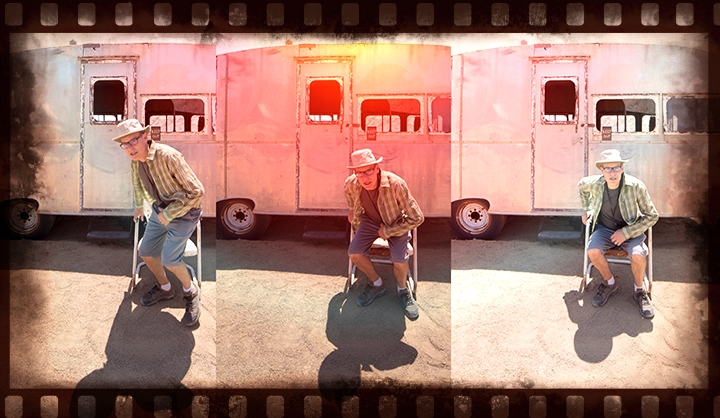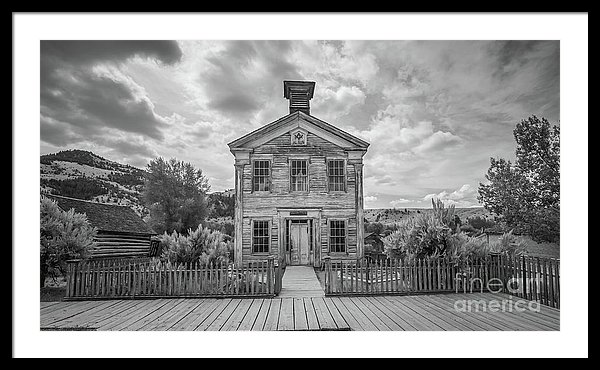Above: Bannack Ghost Town by Edward M. Fielding – prints available: https://edward-fielding.pixels.com/featured/bannack-ghost-town-edward-fielding.html
Landscape photography is a broad term that encompasses a wide range of viewpoints. Depending on the artist’s vision, landscapes can attempt to show a fantasy of a world untouched by man or it can include can also focus on man-made features or disturbances of landscapes.
With so many photographs taken from the parking lot or lookout point of a national park with a busload of tourists behind the camera, how honest is that image?
So little of the world is actually untouched by man. Forests one assumed to be “natural” may have been completely deforested only 75 years previously.
In New England, one often comes across stone walls running through forests where farms once existed. Old cellar holes and well-heads where villages once stood and ever trails that exist because of old logging railroads.
Rivers are dammed, bridged, diverted and tamed. Trash and pollution, old whiskey bottles or new plastic water bottles exist on the landscape even in the most “pristine” areas.
Are landscape photographs dishonest when they ignore the mark of man on the landscape?
Bannack, Montana (top) is a well-preserved example of a boom-bust mining town in the American West. Created when the gold rush was on, abandoned when it was over. The buildings remain on the landscape slowly eroding in the high mountains.
https://edward-fielding.pixels.com/featured/bannack-ghost-town-edward-fielding.html
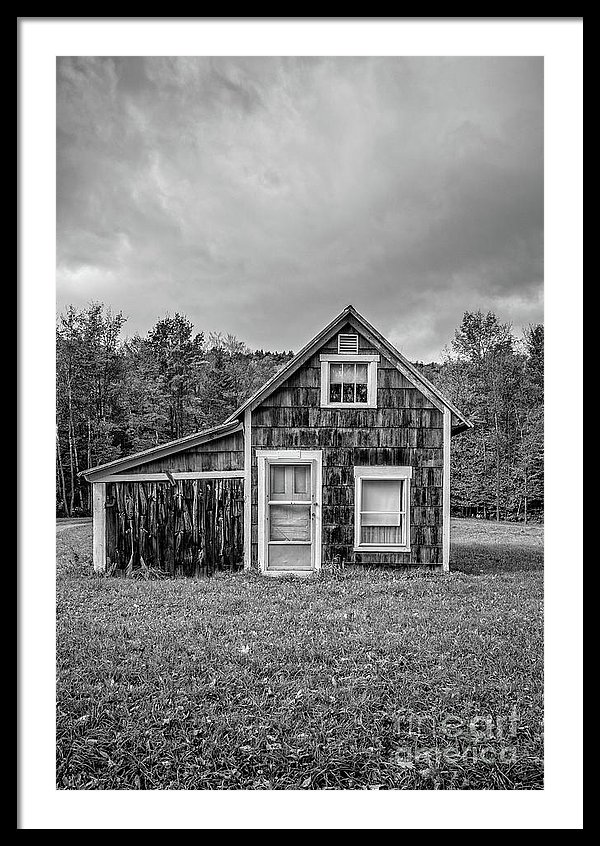
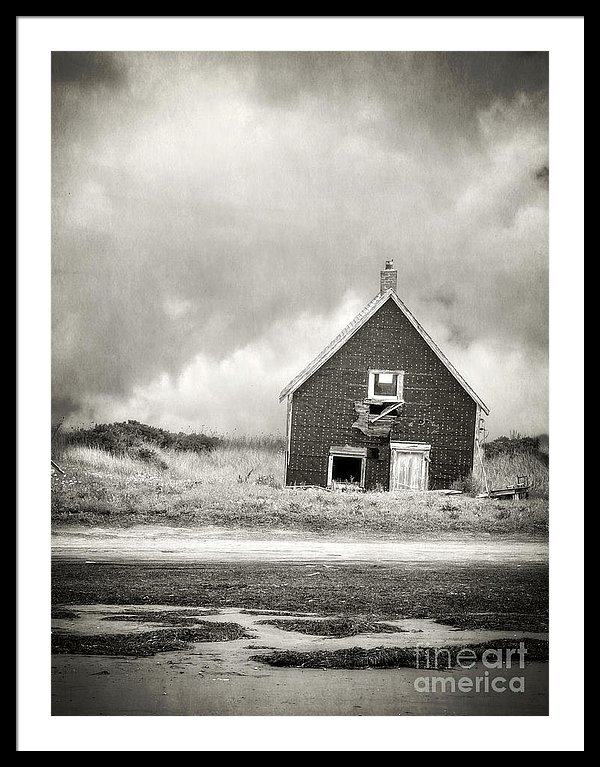
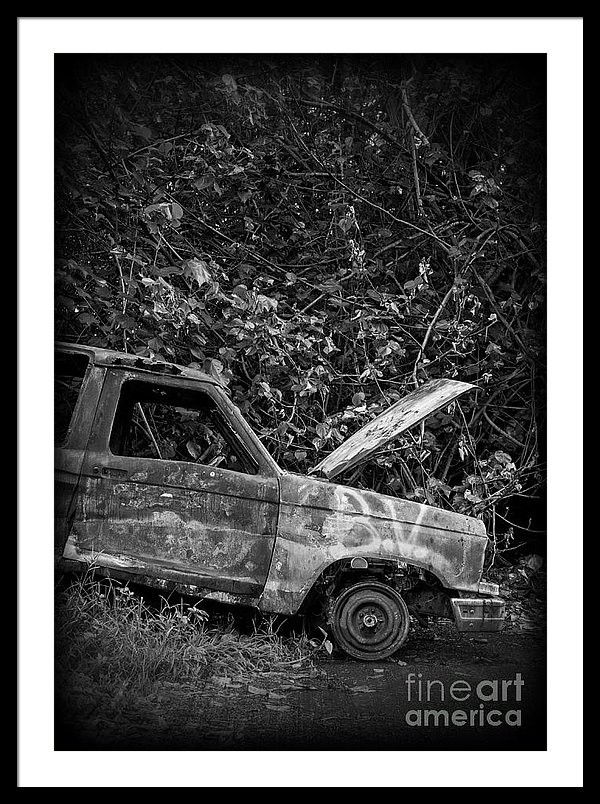

An abandoned old Hudson sedan in the snow, White River Junction, Vermont. Black and white fine art photography by Edward M. Fielding – https://edward-fielding.pixels.com/featured/old-hudson-in-the-snow-black-and-white-edward-fielding.html
